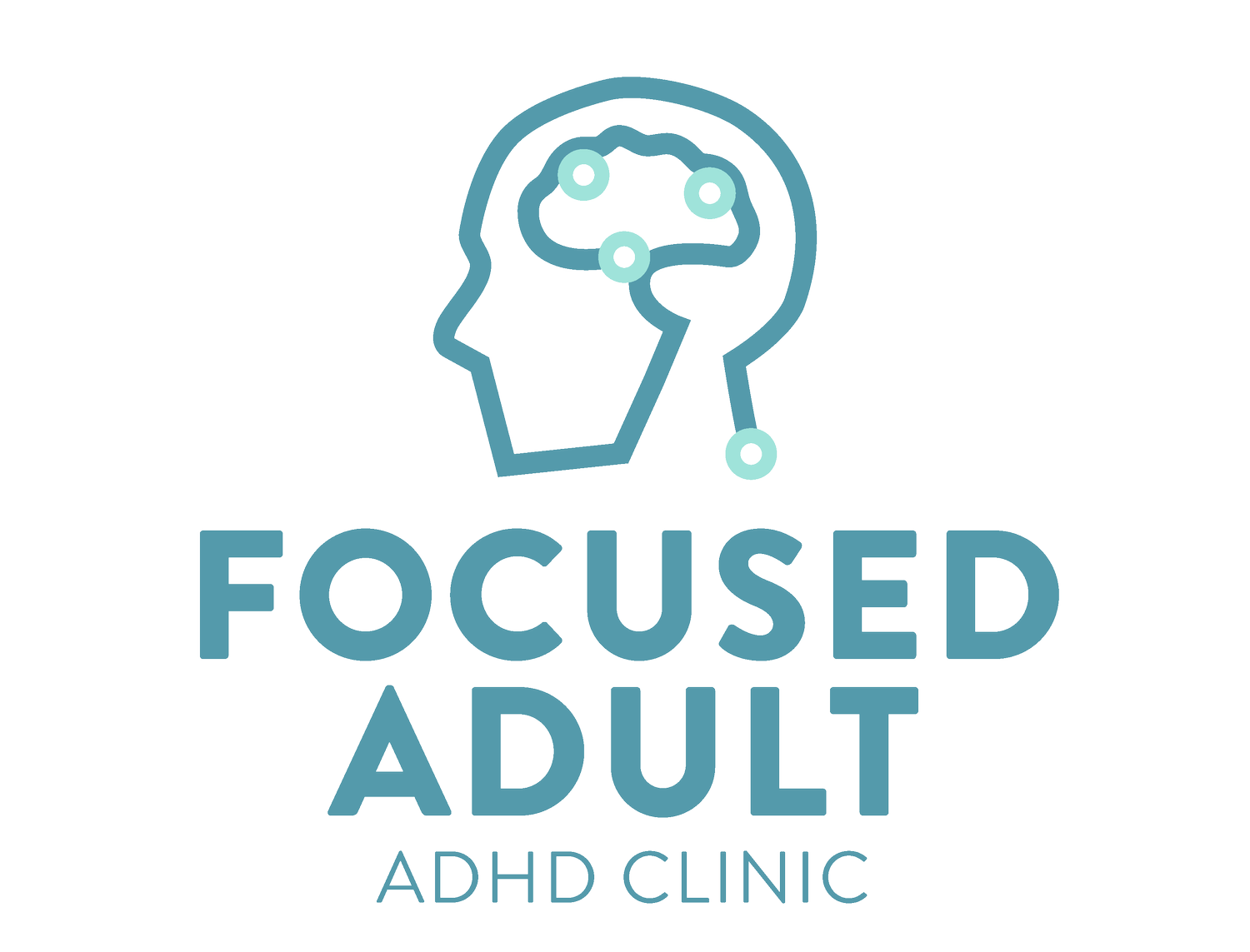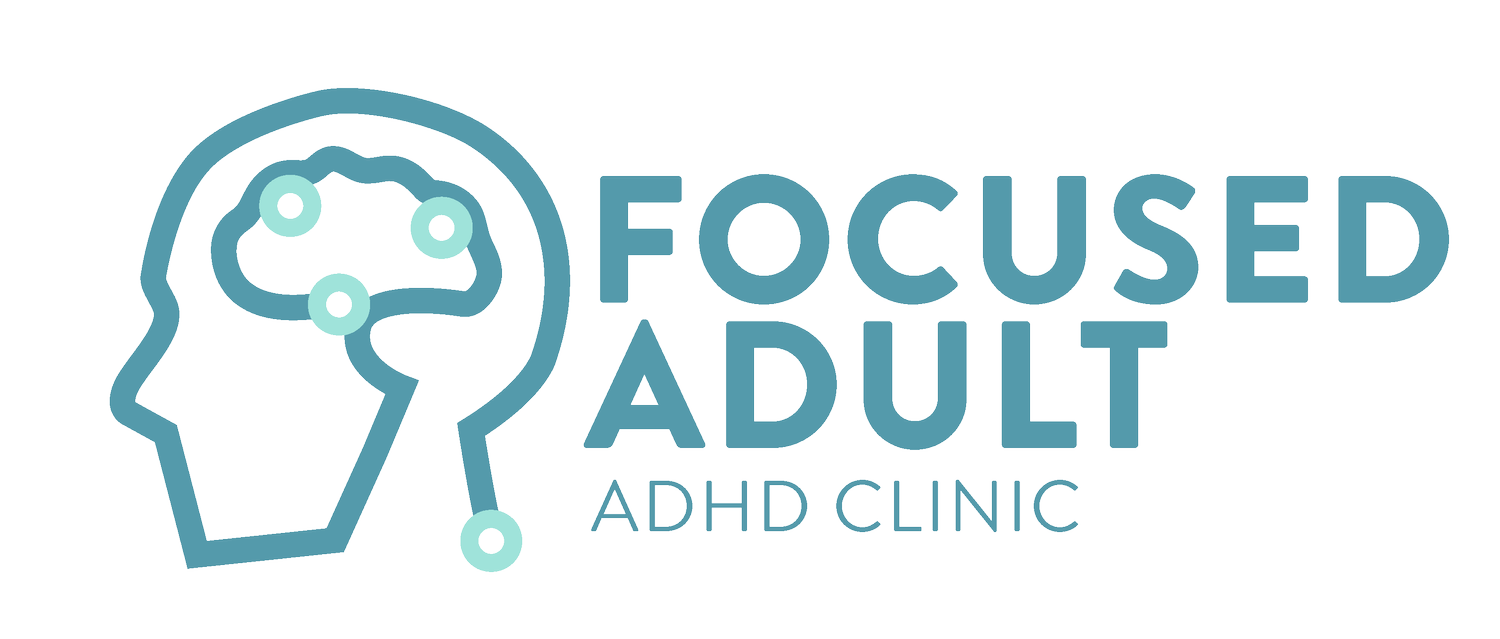How Physical Activity Can Benefit Those with ADHD
Can physical activity positively impact how our ADHD brain works? According to broad science, exercise tempers ADHD by increasing the neurotransmitters dopamine and norepinephrine-both of which play leading roles in regulating the attention system.
“Chronic exercise improves the tone of the locus coeruleus,” says Amelia Russo-Neustadt, M.D., Ph.D., a neuroscientist, and psychiatrist at California State University.
“The result is that we are less prone to startle or to react out of proportion to any given situation. We also feel less irritable.”
For patients treating their symptoms with medication, therapy, and nutrition, exercise can act as a natural supplement to their treatment. Research shows that moderate-intensity cardiovascular exercise may help reduce ADHD symptoms in both children and adults. This would include aerobic exercises like running, elliptical machines, and cycling to increase neurotransmitter levels.
To reap the benefits of physical activity how much and how often is recommended?
The Centers for Disease Control recommends 150 minutes of moderate-intensity physical activity each week for adults, for a daily goal, aim for 30–40 minutes of moderate-intensity exercise 4–5 days a week.
For those with ADHD, exercise not only encourages the production of dopamine, norepinephrine, and serotonin in the brain by doing so has the same effect on the brain as the stimulant methylphenidate (Ritalin). Participating in regular physical activity, can raise the baseline levels of dopamine and norepinephrine and spur the growth of new receptors in certain brain areas.
For this to work, you must create an exercise schedule that works for you! If you don’t, it won’t work. To prevent injuries, start slow and build up steadily and add variety to keep it active and engaging.
While exercise may help to reduce some symptoms of ADHD, it should not be used as a stand-alone treatment. Please speak with your physician and ask about adding aerobic exercise alongside your current treatment.
Resources:
https://www.additudemag.com/the-adhd-exercise-solution/
https://www.medicalnewstoday.com/articles/adhd-cardio#how-it-helps
https://www.cdc.gov/physicalactivity/basics/adults/index.htm
https://www.everydayhealth.com/add-adhd/can-you-exercise-away-adhd-symptoms.aspx


